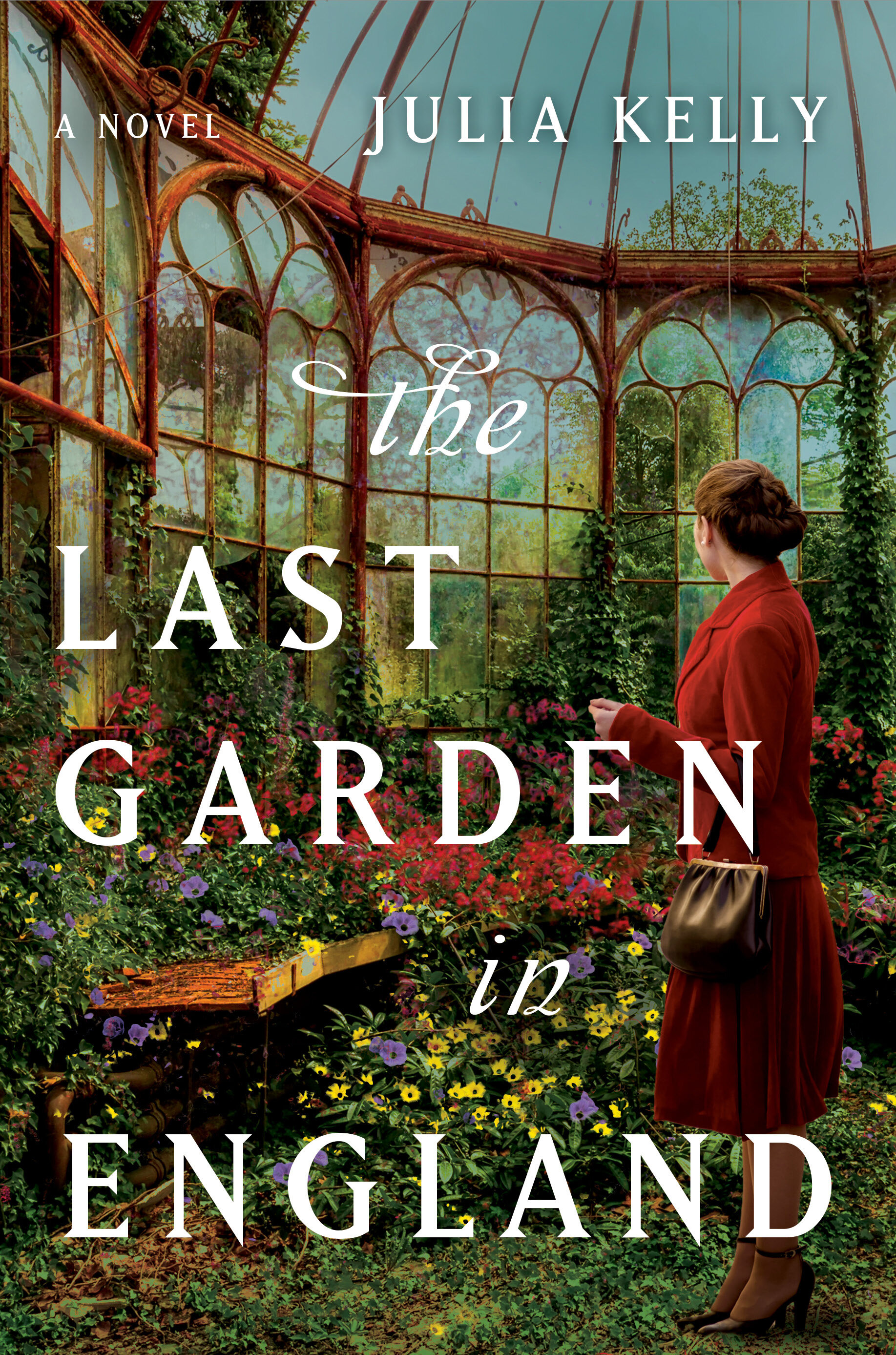Writing any historical novel presents a challenge, but when I started The Last Garden in England, I never imagined what it would take to create the world of Highbury House and its fictional gardens.I grew up around gardens. My father is an excellent amateur gardener, creating incredibly lush English borders in the Los Angeles summer heat when I was a child. In those days, I would follow Dad around, digging holes and planting seeds and learning from him as best I could.
Fast forward many years later to summer 2019 when I started writing the book. My English border-loving father was now a resident of the UK with a beautiful English garden of his own. I, however, lived in a second-story London flat (aka first floor for my fellow Brits). I had no garden except for a tiny collection of pots that live behind a wall where most people store their rubbish bins. I’d forgotten an embarrassing number of things that Dad taught me and was reduced to pointing at plants and asking, “What’s that called?” whenever we were in my parents garden.
Despite my lack of adult gardening experience, I jumped in to writing a book about three generations of women connected through an incredible historic garden feet first. Within the first chapter, however, I realized that I was going to need to do something drastic.
I was going to need to design my own fantasy garden.
Creating the Gardens at Highbury House
It was fairly obvious that I needed a map. For one thing, this was a big garden I was writing about—big enough that it could conceivably take the better part of a year for a small contemporary restoration company to put the abandoned garden at Highbury House to rights again as Emma, my present-day heroine, does. Secondly, I knew that if I didn’t have a map I would lose track of where everything was.
The first thing I needed to do was come up with a concept. I knew that I wanted different types of spaces in the garden. I also wanted them to tie into a significant meaning for the designer who creates the gardens in 1907, Venetia Smith. After doing some research, I decided that I would build the gardens around the idea of garden rooms or distinct spaces with their own themes.
I listed the garden rooms that I thought would fit my theme best. (No spoilers on what the universal theme is.) First came the Lovers’ Garden, then the Bridal Garden, the Children’s Garden, etc. I tweaked and changed things around as I wrote, but one thing stayed constant: the WInter Garden. This unique space that was in full bloom when the rest of the garden was dormant would be the emotional heart of the book and also the place where the mysteries weaving the three timelines of my story would converge.
Each garden room had to have its own set of plants. The Tea Garden where women would take tea and socialize in 1907 had roses and other “feminine” plants, while the Water Garden was full of lush aquatics. The Lavender Walk was full of different varieties of lavender—I now have very strong opinions about what lavender I would want to plant in a garden—and the Children’s Garden became anchored by four huge cherry trees that would provide a snowy, fragrant curtain to hide under in the spring.
Since I didn’t have a garden of my own to draw inspiration from, I poured over books about English borders and spent more time than I probably should admit on the Gardeners’ World and Royal Horticultural Society websites to make sure that my plant knowledge fit the climate I was writing about. (Growing up in Los Angeles meant lots of things I would naturally have written about wouldn’t be viable in the UK or would have grown a lot slower.) Since roses are significant in the 1907 storyline, I spent a lot of time looking up when varieties that I know well were first established. It turns out, a lot of our modern roses are actually not that old at all.
All of this came together in a hand-drawn map that I kept by my side while writing the book. I went so far as to have it transformed into a hand-painted map by a talented artist whose skills far exceed mine. After finishing The Last Garden in England, I told my family that I had created my dream garden. The place that I would create if I ever was lucky enough to have that much space.
The dream of making the gardens at Highbury House reality might be a long way off, but I’ll be able to live out a little bit of my gardening ambitions this year. I’m moving out of that second-story flat and into a new home. It has a backyard that’s just big enough to let me get creative, and a little pond that I need to learn how to maintain. There’s room for an arbor and bench, a patio, and space for entertaining.
As I create my own garden, I plan to look to my old research for The Last Garden in England. Hopefully, friends and family who come visit might just notice a few favorites from the book growing happily in the borders in a few years time.
To see the full map of the gardens at Highbury House, click here.



